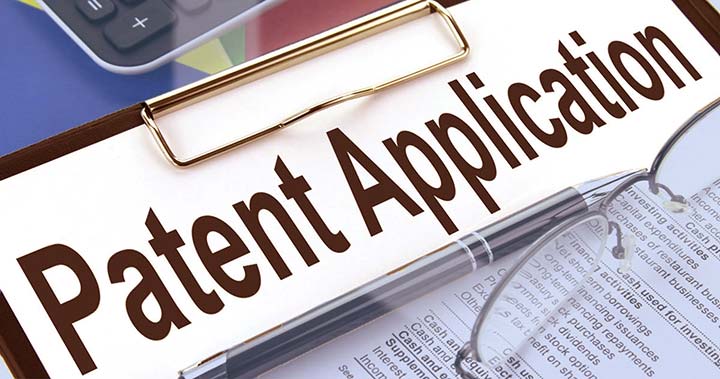The method for submitting a patent application varies substantially depending on the innovation.

The method for submitting a patent application varies substantially depending on the innovation. It is critical that you understand precisely what you need to do to secure a patent for your innovation since it may help you save time and effort, enhance the likelihood of your application being accepted, and avoid patent infringement.
Table of Contents
What Exactly Is the Patent System?
The patent system was created to protect and promote innovation and economic prosperity. By getting a patent, you will be able to fully leverage the economic potential of your innovation. Some ideas may be marketed without a patent, whilst others need a patent to provide commercial organisations with exclusivity in return for product development expenditure. A patent grants its holder the exclusive right to practise the innovation as well as the power to exclude other organisations from doing so.
What Does It Take to Patent an Invention?
If you wish to patent your invention, you must meet the legal criteria of novelty. This implies that your innovation cannot be expected or similar to one reported in previous art.
Another criteria for obtaining a patent is that it be non-obvious, which implies that it must be sufficiently distinct from the prior art to be evident in comparison to the previous art.
In addition, a patent must fulfil a legal criteria for usefulness. This implies that it must serve a function. Almost all innovations meet the utility criteria, which was primarily set to prevent “quack inventions” like perpetual-motion machines from being patented.
Why Is a Patent Application Necessary?
A provisional patent application is a form of patent application that is submitted with the US Patent and Trademark Office (USPTO). It is a streamlined filing that needs less initial expenditure and enables the inventor to evaluate the business feasibility of his or her idea before applying for a non-provisional patent, which is more expensive. This sort of filing does not need an oath or declaration, a formal patent claim, or a statement of information disclosure.
In general, a provisional patent application allows an inventor to establish an effective filing date for a non-provisional patent application in advance and keep his or her invention in line while deciding whether or not to file for a non-provisional patent.
What Is the Filing Procedure for a Patent Application?
A provisional patent is only valid for 12 months from the day it is filed and cannot be extended. As a result, an inventor who submits a provisional patent application must file a non-provisional application during the 12-month period that the provisional patent is valid in order to benefit from the earlier filing of the provisional patent application.
An inventor should offer as full a disclosure of his or her invention as feasible when submitting a provisional patent application. Although the written description and drawings in a provisional patent application do not have to be identical to the disclosure in a later-filed non-provisional patent application, the latter is confined to the subject matter covered in the provisional patent application.
How Do You Get a Non-Provisional Patent?
A non-provisional patent application may be filed to the USPTO’s director. It usually consists of the following:
A written document that comprises an oath or declaration as well as a specification that includes a description and claims.
Drawings in circumstances when a drawing is required.
Fees for searching, filing, and examining
The specification must finish with one or more claims identifying and explicitly claiming the subject matter that defines the invention. It should also explain that the claims are an important aspect of the patent application since they establish the extent of the patent’s protection. The expenses of drafting and submitting a non-provisional patent application may vary greatly based on a variety of variables, including the thoroughness of the disclosure provided to the patent attorney and the complexity of the invention.
All non-provisional patent applications submitted with the USPTO are consecutively numbered. When an application is submitted, the applicant will get a filing receipt with the filing date and application number. The average duration between the filing date and the start date of an application’s scrutiny is roughly 20 months. Depending on the workload in the individual technical field, the period might range from three to five years.
